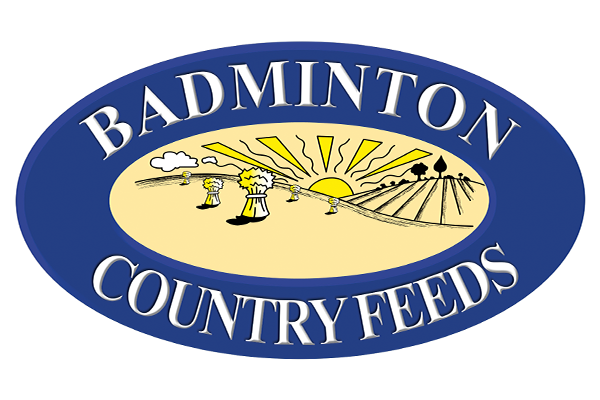Feeding Waterfowl
Housing
Chicken houses are often unsuitable for ducks and geese, who require a flat floor because they don’t perch. All duck houses should be rat and fox proof and should vary in size according to the breed and number in the flock. The floor can be covered with plenty of bedding, straw or shavings are ideal, and deep littered by adding a regular fresh layer and clearing it out once a month. Keeping the surface of the bed clean should also help to keep eggs cleaner as they tend to lay them where they sit.
Feeding
Pellets are preferable to mash for waterfowl as mash can get stuck around bills and clog nostrils. Layers’ pellets are perfectly acceptable but a specially formulated waterfowl feed (Slimbridge Waterfowl Pellets) will meet their increased requirement for quality protein, as well as oil which is necessary for the waterproofing of their feathers. Feeds containing a prebiotic are also a good idea as these optimise gut health and support the immune response, of particular importance with waterfowl who are exposed to a plethora of bacteria when dabbling in muddy water.
Extras
Ducks love to forage but, for those kept in a more confined space extra “greens” are a good idea, adding variety as well as supplying natural vitamins and minerals to the diet. Mixed corn can also be fed as a treat in the afternoon and ducks will enjoy dabbling for it in a shallow tray of water. Waterers and feeders will need regular emptying and cleaning and insoluble grit should be made available to aid digestion.
